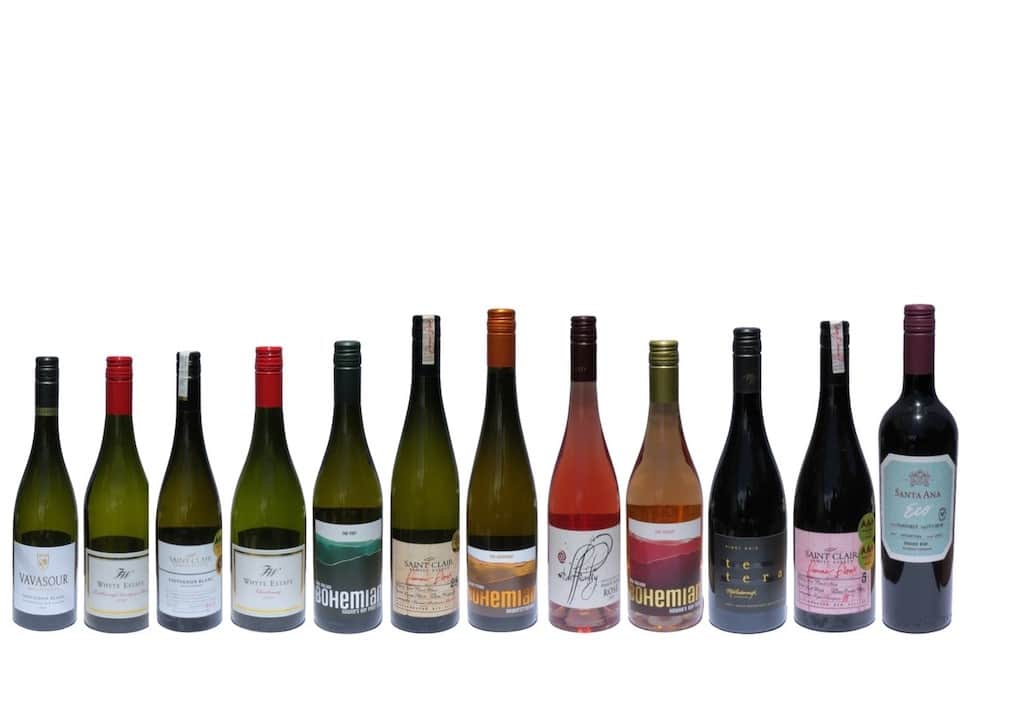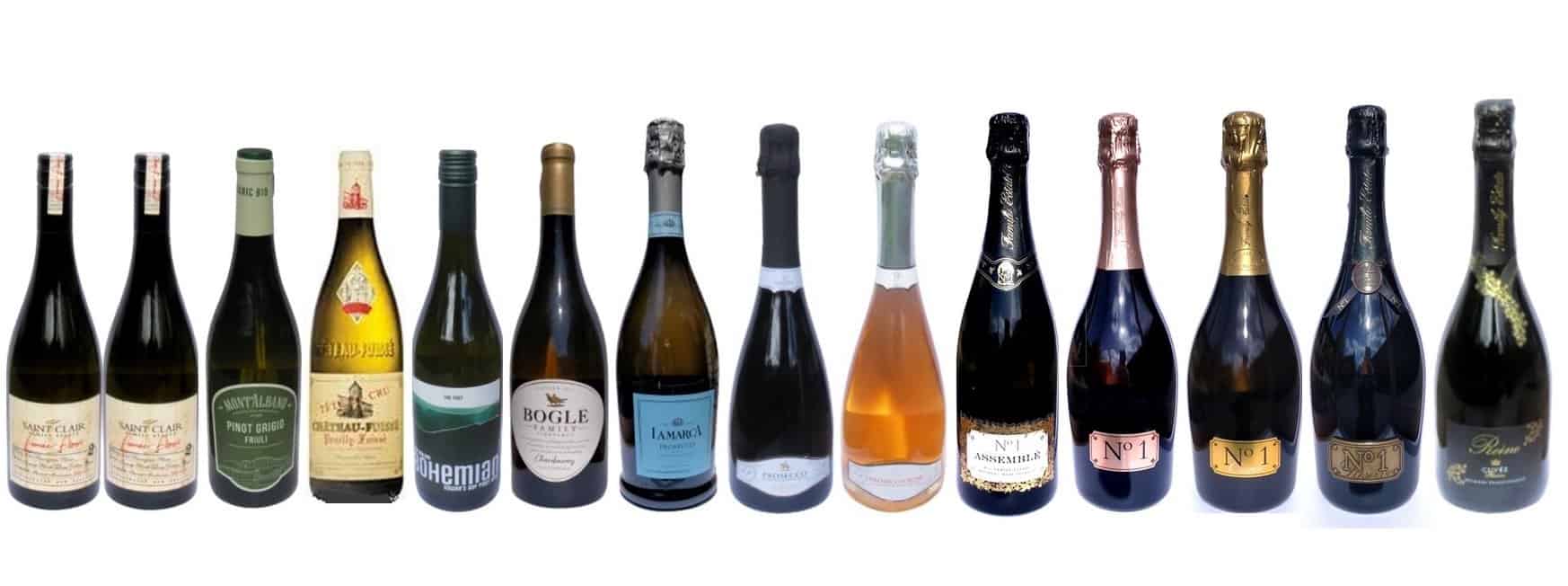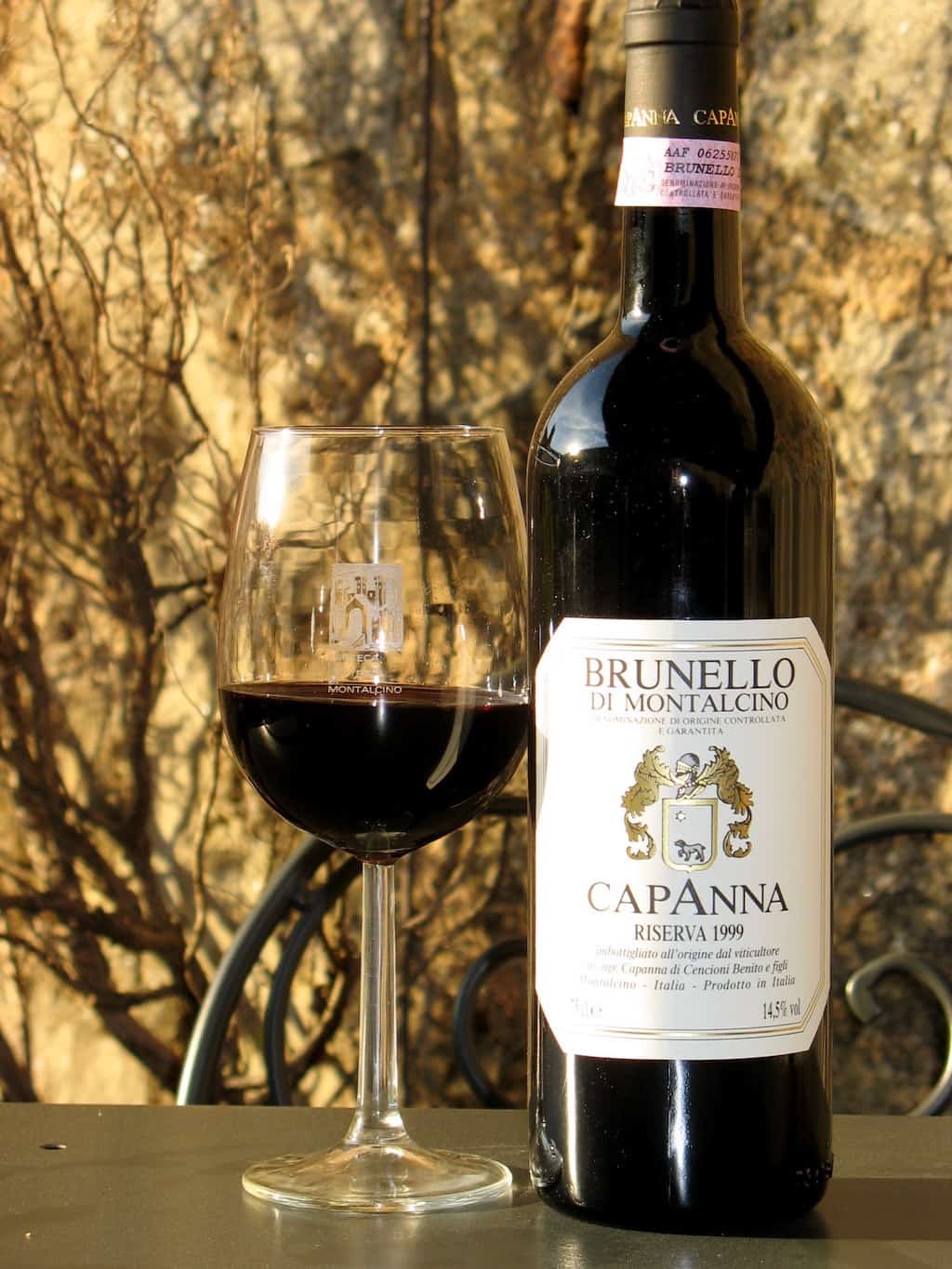Ever wondered why we seemed to change from cork tops to screw caps almost overnight in New Zealand? Wine expert PHIL PARKER has the answer.
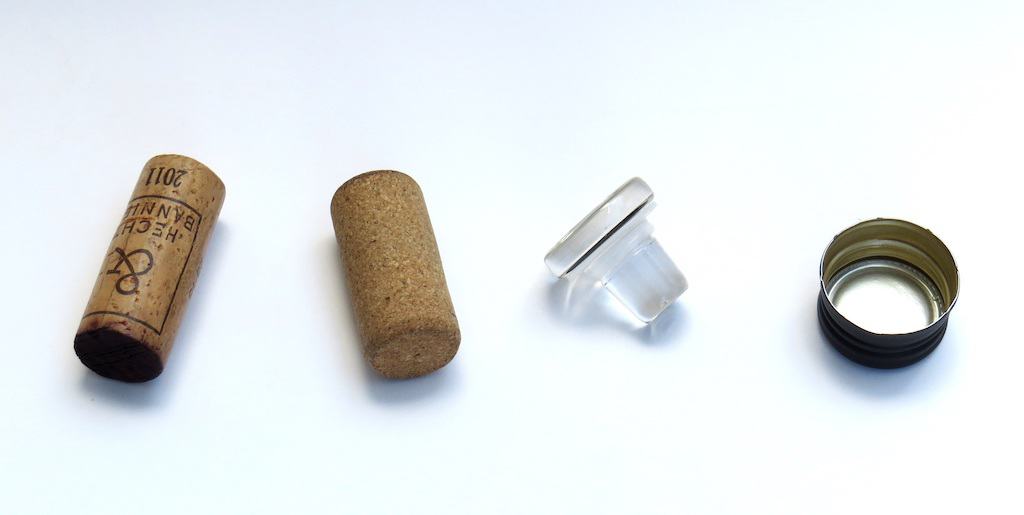
Right now, New Zealand has over 95 percent of its wines sealed with screwcap metal closures.
The reason for this goes back about 20 years when Spain and Portugal were wittingly – or unwittingly – sending us their dud corks. And the reason that their corks failed was the problem of cork taint (or ‘corked’ wine). This occurs when a natural but pongy chemical known as TCA (trichloroanisole), even in tiny amounts, contaminates the wine via the cork, contributing a mouldy cardboard odour and musty flavour.
Even at a nano-level of contamination, humans can detect about one part per trillion. That’s like one drop in an Olympic swimming pool. And at lower concentrations, it will rob a wine of its fruit flavours.
TCA occurs naturally in a mould that affects cork trees. The spongy bark of the cork tree has for centuries been the source of bottle closures – for lack of any better option. Duh?

Anecdotally, the TCA mould affects the ground-level bark, so traditionally cork was only ever harvested from above shoulder height in order to avoid the dreaded TCA. The problem was that the Spanish and Portuguese cork producers were under such heavy demand from wineries all over the globe in the 1990s that they began harvesting cork nearer the ground. Hence, NZ got sent the crappy corks. I guess they thought we NZers wouldn’t notice. But we did.
Iconic West Auckland winery Kumeu River had 30 percent of a USA shipment of their top Chardonnay affected by TCA tainted corks. That was the last straw for them, and Kumeu River converted to screwcaps in short order.
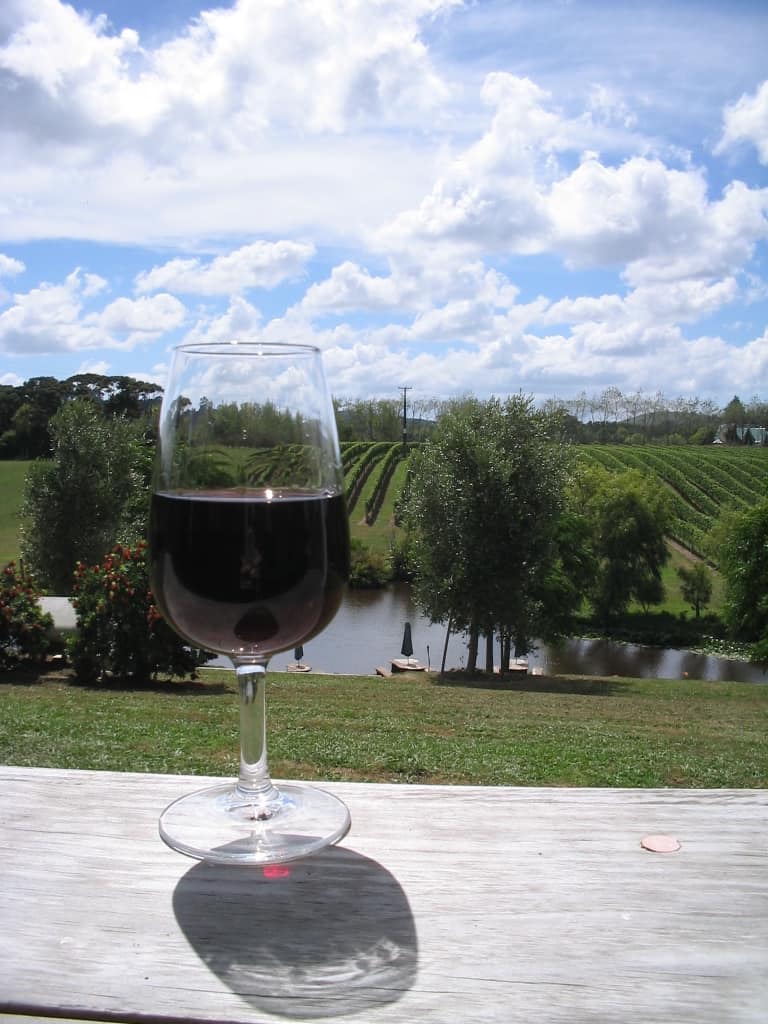
Initially, there was some resistance from the US market, where cheap ‘jug wines’ have been sealed with a screwcap for many years, and some of the USA wine snobs turned up their noses. Yet, after a while, the US market realised that fine wine can still be a quality product when sealed with a 21st-century wine closure.
Since then, Kumeu River has had no problem selling their premium Chardonnay in the USA, UK and beyond and remains one of our most famous exporters. Ironically, despite huge and ongoing resistance from the traditional French wine industry to screwcaps, it was the French who perfected the Stelvin closure and gave it its name: Stel = steel, Vin =wine.
Great quote from Michael Brajkovich (Kumeu River winemaker) regarding the loss of the ‘romance of popping the cork’ on a bottle of wine: “If that’s where you get your romance, maybe you should get out more often.”
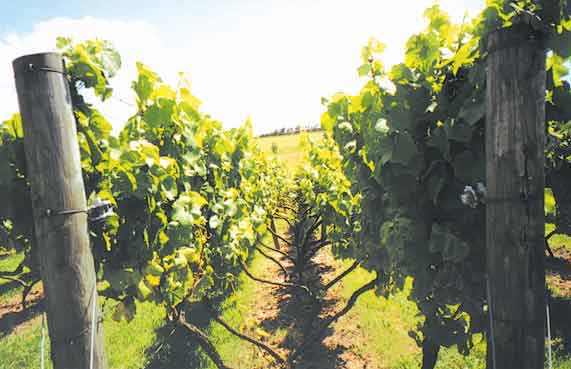
FAQ Section
Are screwcaps cheaper than corks? Yes, slightly, but the cost of converting a bottling line from a cork to screw cap is a significant investment for the winery.
Will the wine last as long? Experience with screw caps doesn’t go back much more than 25 years, but observations indicate that fruit flavours are preserved for a longer period. Yet the wines will still age and change characters over time. A cork, on the other hand, allows a small ingress of air which leads to faster ageing and oxidisation.
Can a wine still be ‘off’ even when under Stelvin? Yes, nothing’s perfect. It can happen but extremely rarely. There is the potential problem of sulphite formation in wines, leading to a bad egg/cabbage aroma.
What other closures are there?
Plastic corks are only good for drink straight away wines. They can leak, give the wine a plastic flavour, and are nigh on impossible to remove with a corkscrew.
Taint-free composite corks are making inroads – they are made from powdered cork that has been sterilised by CO2 and are held are together by an inert polymer. Ironically, it’s also a French company, DIAM, who produce them.
Glass closures look pretty funky but rely on a plastic flange for a perfect fit.
Would you like to support our mission to bring intelligence, insight and great writing to entertainment journalism? Help to pay for the coffee that keeps our brains working and fingers typing just for you. Witchdoctor, entertainment for grownups. Your one-off $5 or $10 donation will support Witchdoctor.co.nz. and help us keep producing quality content.
It’s really easy to donate, just click the ‘Become a supporter’ button below.







